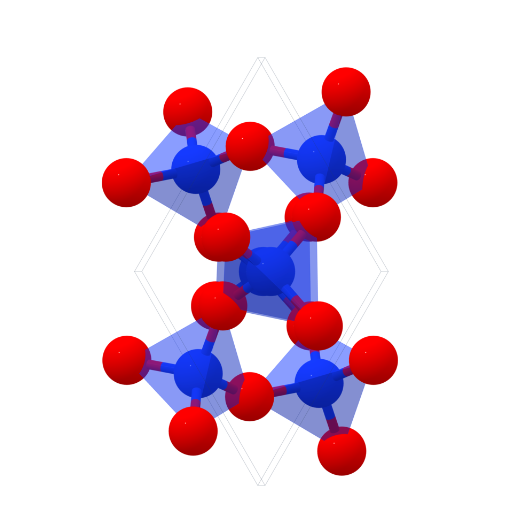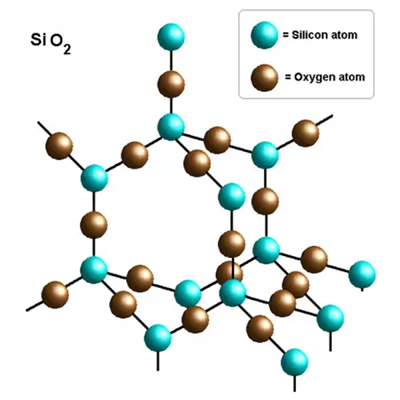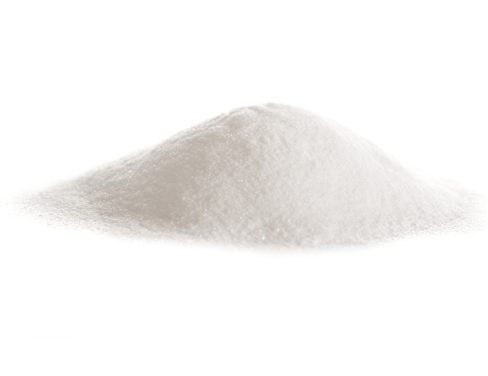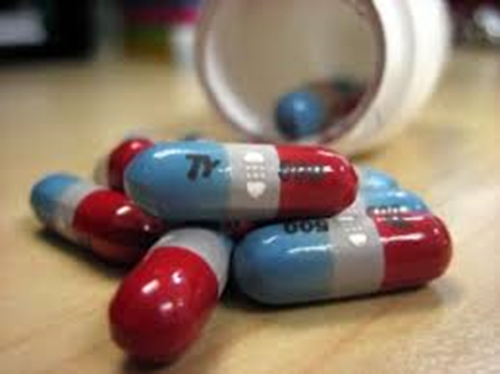The Application of Silicon Dioxide as Food Additive
Silicon dioxide, present in food, is a colorless, tasteless, and non-toxic ultrafine inorganic material widely utilized in both production and everyday life.
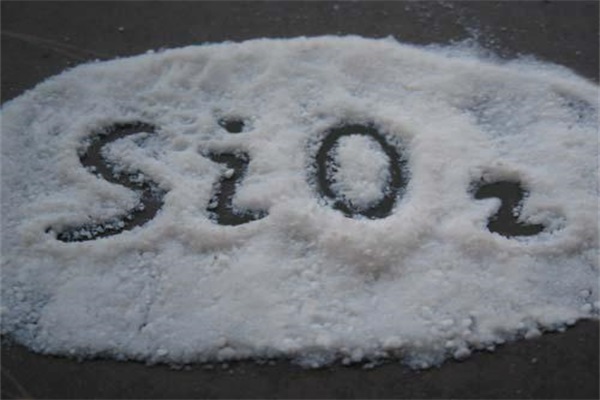
The Use in Food
As a food additive, silicon dioxide primarily serves to prevent clumping and enhance the flowability of powdered foods, thereby preserving their appealing appearance. Upon incorporation into food products, silicon dioxide, owing to its significant surface area, acts as a protective "film" enveloping each powder particle. This envelopment effectively isolates the particles from each other, ensuring they remain in an optimal free-flowing condition, thus achieving anti-caking objectives. Concurrently, silicon dioxide possesses the capacity to absorb ambient moisture through its numerous internal micropores, thereby safeguarding against dampness and clumping during storage.
In practical settings, silicon dioxide finds widespread application as an anti-caking agent in a variety of powdered products such as egg powder, milk powder, cocoa powder, cocoa butter, powdered sugar, vegetable fat powder, instant coffee, powdered soup seasonings, and flavorings. The susceptibility of powdered foods to clump or adhere results from factors such as temperature fluctuations, elevated humidity, or compression between packaging layers during storage, all of which can compromise product quality and shelf life.
By enveloping powder particles and ensuring their separation, silicon dioxide fulfills its anti-caking role in food processing, maintaining an ideal free-flowing state. Moreover, its microporous structure enables absorption of atmospheric moisture, effectively safeguarding against moisture-induced clumping during storage.
Biotransformation Process
Food additives like silicon dioxide undergo biotransformation, a process in which they are metabolized and modified to enhance their polarity or water solubility, facilitating their elimination through bile or urine. The majority of non-nutritive substances in the body necessitate biotransformation due to their lipid solubility before they can be expelled. While the liver assumes a central role in biotransformation, the lungs, kidneys, and skin also contribute to this process to some extent.
The biotransformation of non-nutritive substances in the liver is notably intricate, involving a myriad of complex enzyme reactions. Take aspirin, for instance, which follows multiple conversion pathways: it can undergo hydrolysis into salicylic acid, subsequently combining with glucuronic acid for excretion. Alternatively, aspirin may be hydrolyzed into salicylic acid, which then forms β-glucuronide upon combination with glucuronic acid, or combines with glycine to yield salicyluric acid. Furthermore, it can be oxidized into hydroxyl salicylic acid before undergoing various combination reactions.
Aside from its role as a food additive, silica naturally occurs in numerous foods, including vegetables, fruits, and grains. However, the quantities of silica present in these foods are typically much lower than those added as an additive.
While silica is generally deemed safe for consumption, some individuals may exhibit sensitivity to it, experiencing digestive discomfort or other adverse effects upon consuming foods containing the additive. Those with pre-existing digestive disorders or allergies may be particularly susceptible to such effects.
The presence of silica in foods does not necessarily imply inferior quality or healthfulness. Many high-quality, nutritious foods, such as dietary supplements and protein powders, incorporate silica as a flow agent to ensure consistent texture and quality.
In essence, individuals must make informed decisions regarding their diet, taking into account their personal health requirements and preferences when consuming foods containing silica or other additives. Nonetheless, avoiding food additives entirely proves challenging in our daily lives.
You may like
Related articles And Qustion
See also
Lastest Price from Silicon dioxide manufacturers

US $150.00/kg2025-11-18
- CAS:
- 7631-86-9
- Min. Order:
- 1kg
- Purity:
- 99%
- Supply Ability:
- 20tons
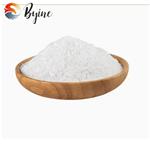
US $150.00/kg2025-11-18
- CAS:
- 7631-86-9
- Min. Order:
- 1kg
- Purity:
- 99%
- Supply Ability:
- 20tons

